- Category
- War in Ukraine
Sky Fortress—Ukraine’s Acoustic Detection System That Tracks Drones Cheap and Fast

Built from scratch, acoustic detection systems are turning sound into a weapon and reshaping air defense as we know it.
Sound is dangerous—and Ukraine knows it. But in a surprising turn of events, it has also become a powerful defense, helping spot deadly Shahed drones by their signature lawnmower hum.
Two acoustic detection systems, “Sky Fortress” started by a Ukrainian engineer, and “Zvook,” both part of the Brave1 pool, are redefining air defense as we know it. Sky Fortress has 14,000 acoustic sensors dotted around Ukraine, while Zvook, which works on a smaller scale, covers 5% of Ukrainian territory.
Each Sky Fortress unit is built for around $400 to $1000 using acoustic sensors that listen for the signature sound of Russian cruise missiles, long-range missiles, and unmanned aerial vehicles. Then, it sends the acoustic data, fused with radar data, to mobile firing teams equipped with tablets and anti-aircraft guns.
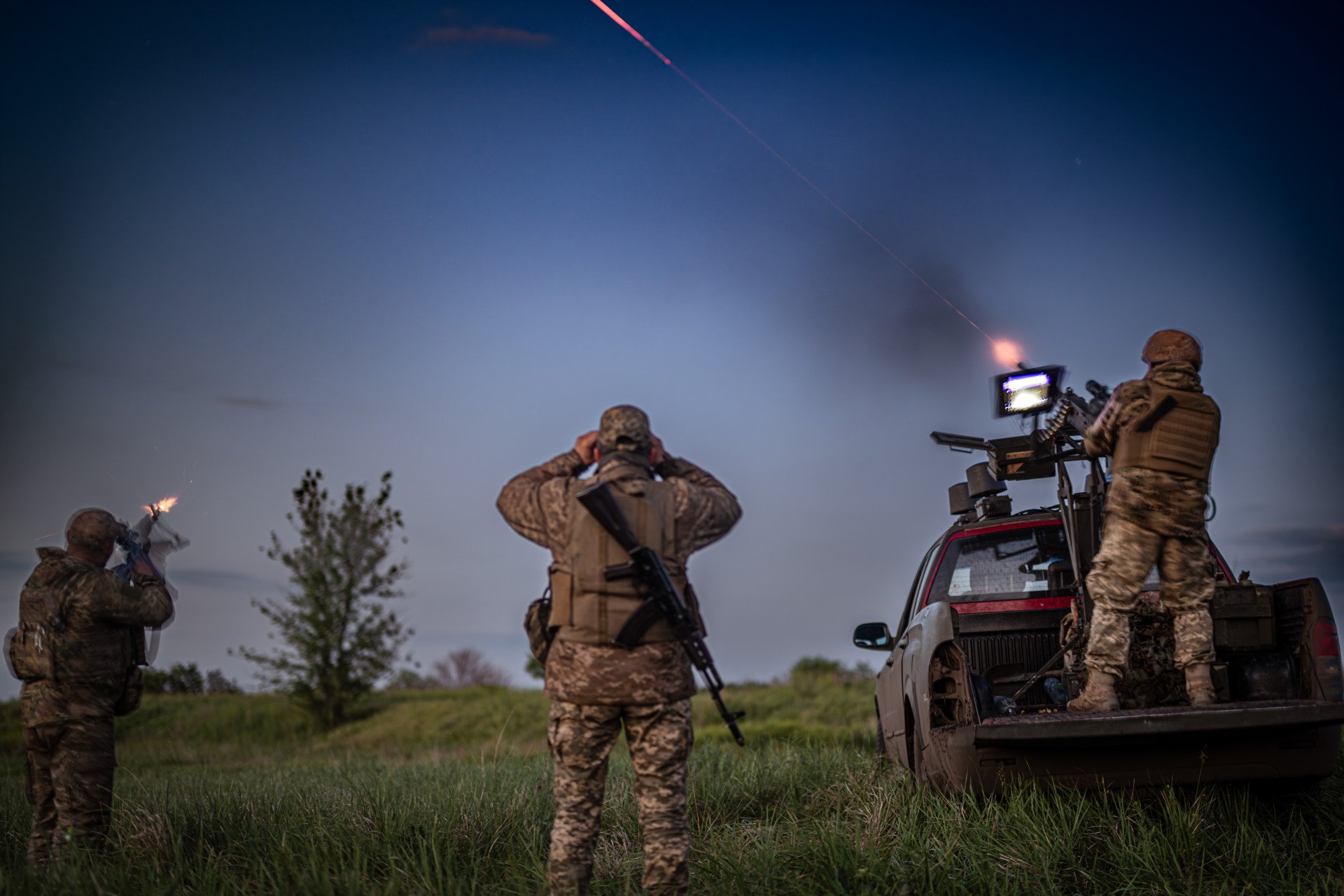
In it’s first iteration, Sky Fortress used cell phones as CPU processors leveraging their computing power to accelerate development, a fast solution that proved quicker than building specialized sensors from scratch.
“In parallel we were developing our own tailored hardware with our own CPU and sound card, and now there is the third generation, where everything is tailored for this task,” an engineer working on the program told UNITED24 Media (who chose to remain anonymous).
A grassroots acoustic air defense
These Ukrainian teams, often operating from pickup trucks, are able to shoot down drones with as little as six hours of training, said US General James Hecker, commander of the US Air Forces in Europe and Africa.
In one major attack, this acoustic detection system helped Ukrainian forces intercept 80 out of 84 incoming Russian UAVs.
Sky Fortress has proven so effective that it was demonstrated at Ramstein Air Base in Germany, and Romania has since begun testing the system.
The entire network costs less than two Patriot missiles (up to $1 billion per battery and $4–10 million per missile), said Hecker at the Royal International Air Tattoo held in the United Kingdom in 2024.
“That’s why I challenge industry, I challenge the NATO air chiefs to come up with cheaper, more creative solutions that will put us maybe, hopefully, on the right side of the cost curve, but if not, an equivalent cost curve,” Hecker added.
Born from necessity
Sky Fortress emerged in 2022 in response to low-flying cruise missiles, which radar systems are unable to detect in blind zones. Then, as Iranian-made Shahed drones appeared in late 2022 -2023, Sky Fortress locked in, proving its potential, and today 20 percent of targets entering Ukrainian airspace are tracked using acoustic data alone.
That’s where the passive system has proven particularly successful, as traditional “emitting” radar systems struggled to detect low-flying drones. Engineers turned to sound, a particular weakness for Shahed UAV’s, which are noisy, propeller-driven drones.
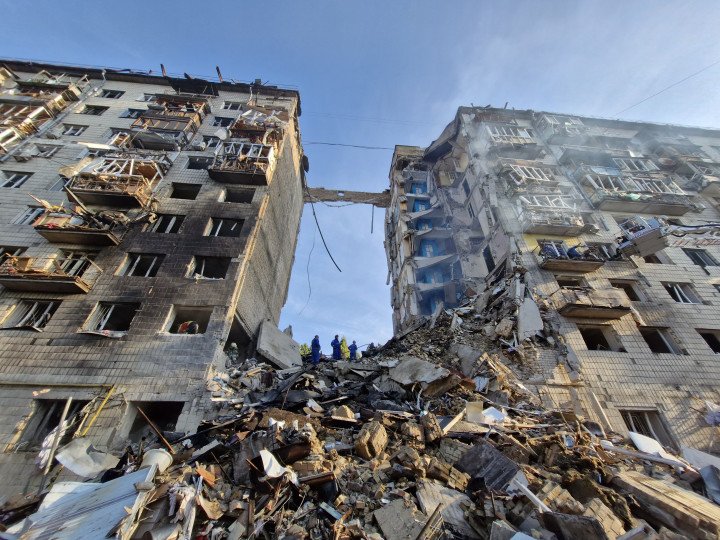
Using machine learning, the system was trained on large sound datasets to identify threats with high accuracy, even when Russians tried to alter drone noise signatures, which resulted only in a 3% decline in the system’s accuracy.
Ukraine’s broader air defense includes expensive systems like Patriot and NASAMS, which rely on radar-guided interceptor missiles costing millions.
These systems are essential for shooting down ballistic missiles, particularly as Russia increasingly uses North Korean-supplied munitions. But defending against slow, low-cost drones with equally costly interceptors quickly becomes unsustainable.
It began with the Ukrainian start up “Zvook”
“Zvook” (Ukrainian for “sound”) was the original name of a grassroots project launched by Pavlo Tsiupka, CEO of i3 Engineering, Maryan Sulym, lieutenant of 125th territorial defense brigade and Dmytro Believtsov, CTO of the voice-cloning startup Respeecher.
The program, which now functions autonomously from Sky Fortress, covers 5% of Ukrainian territory, located at entry points near the Ukrainian-Russian border, where the Shahed’s, missiles and other UAV’s enter daily.
Ukraine’s early loss in 2022 of radar capabilities, quickly destroyed by Russian forces, highlighted the need for passive systems that don’t emit radar signals.
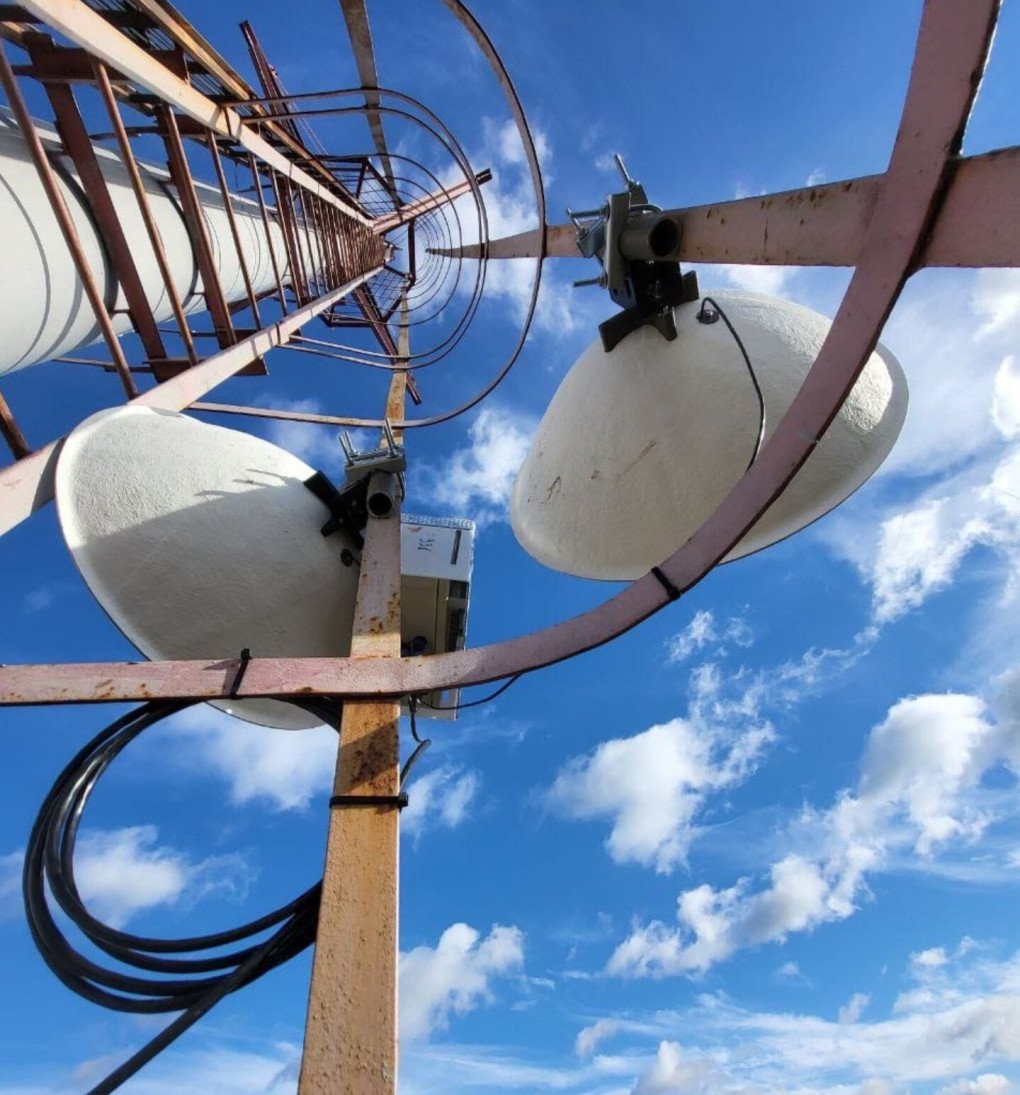
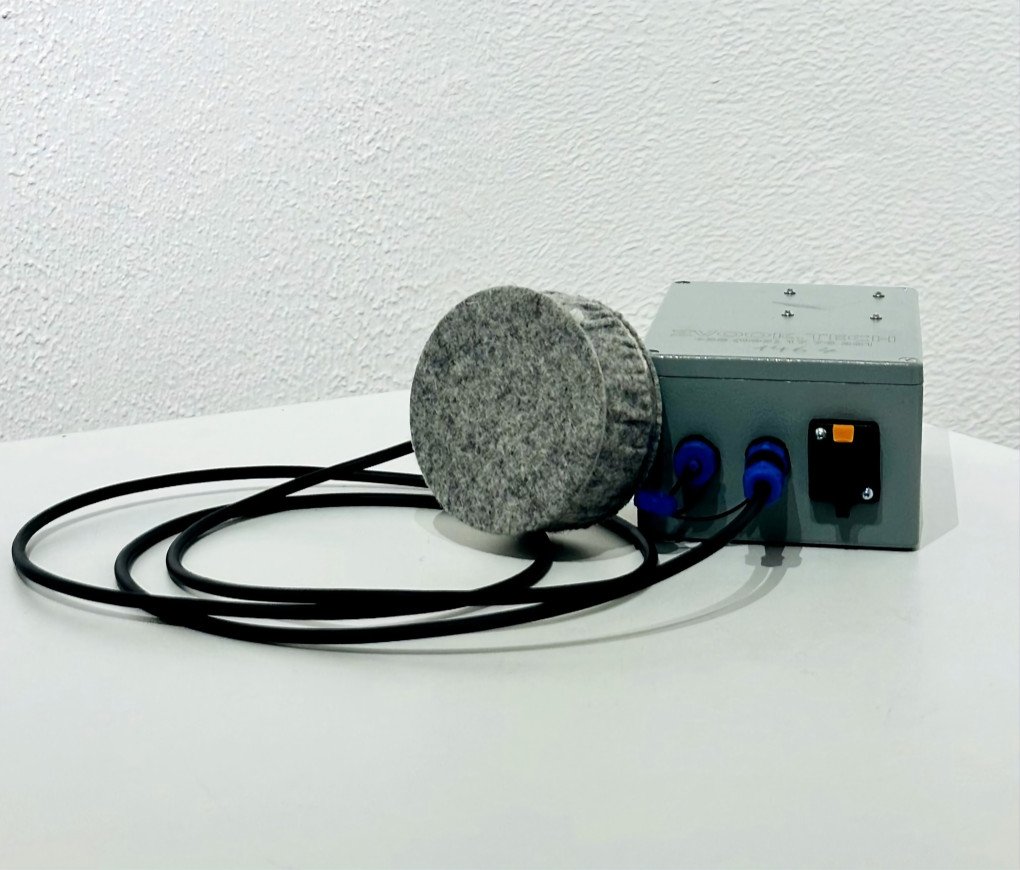
Cost-efficient: Sky Fortress is influencing military doctrine
Ukraine’s initiatives, such as Operation Spiderweb, demonstrate the effectiveness of locally developed, small-scale, and affordable acoustic technology in countering drone threats.
Sky Fortress is in contact with other NATO allies, who are actively working to implement the system. The alliance has committed funding for a significant expansion of Ukraine’s drone detection network, backing the deployment of 15,000 third-generation Sky Fortress sensors across Ukraine, revealed a engineer working for the company.
The new units will supplement the 14,000 sensors already in place, as part of a broader effort to close coverage gaps and phase out older, first-generation equipment in favor of more advanced, battle-tested technology.according to a Sky Fortress engineer who spoke to UNITED24 Media on condition of anonymity.
The system can be expanded or adjusted in size and capability depending on the user’s needs, in order to protect a specific, limited area from incoming threats. It’s particularly effective in Ukraine’s rear areas, where Russian drones target infrastructure, logistics, and command posts.
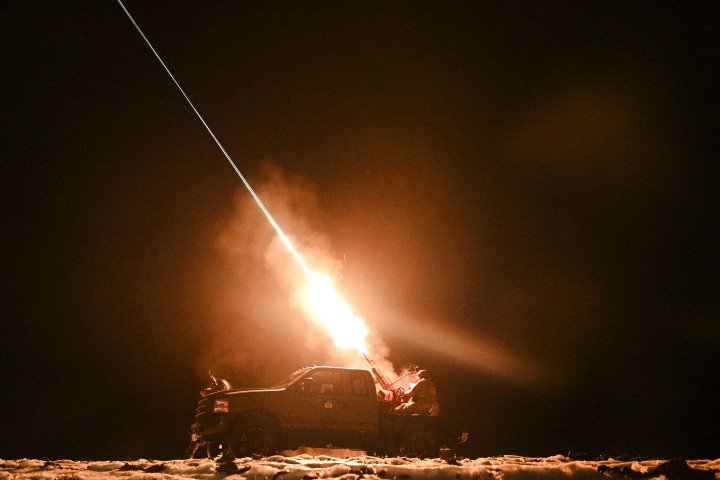
Hecker called on NATO air chiefs to learn from Ukraine and invest in low-cost, mobile defense systems: “We need to develop equipment at NATO to put Russia on the wrong side of the cost curve, should we have an Article Five situation.”
Using $6 million missiles to shoot down $30,000 drones, as seen in recent US engagements, is not sustainable in the long term.
Ukraine’s model is also influencing allied military doctrine. Its “flat war” approach, which empowers local units, rapidly creates and launches new tactics, and blends old and new tech, has become a global case study.
Challenging the traditional top-down structure of Western militaries, and signaling the need for more flexible buying and fast innovation processes.
Tested at Ramstein air base
While NATO looks on, Ukrainian defense policy experts, including the Foreign Policy Council “Ukrainian Prism,” are working to integrate battlefield experience into EU defense white papers.
Meanwhile, the growing threat from ballistic missiles, famously supplied to Russia by North Korea, make it that Ukraine will continue to rely on high-end systems like Patriot and NASAMS. Though in order to manage costs and sustain defenses over the long term, mixed-layered approaches like Sky Fortress will be increasingly vital.
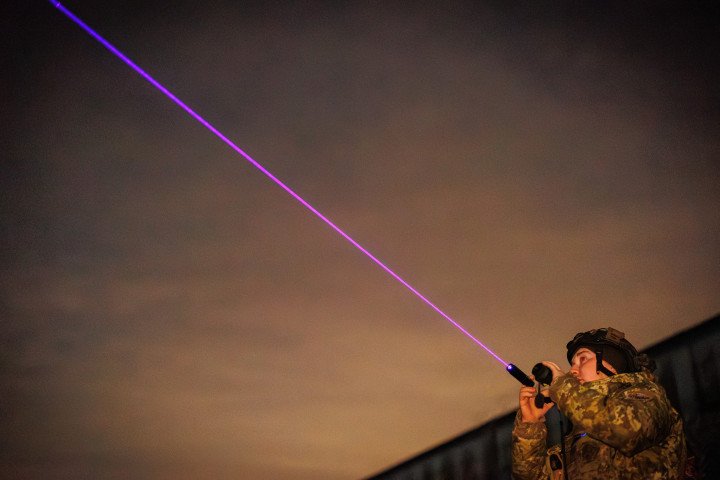
Sky Fortress: a new blueprint for air defense
Sky Fortress is a Ukrainian innovation born of necessity. It’s proven efficiency in tracking aerial threats is reshaping air defense in a time when Europe is bolstering it’s security.
As drone warfare evolves, and nations seek to defend against growing threats without bankrupting their arsenals, systems like Sky Fortress offer a credible alternative.
“Europe doesn’t believe cruise missiles, such as drones will be flying tomorrow over the Europe… but they are pretty sure such drones will be flying near airports, air bases… flying from low altitudes to avoid radar detection,” says the CEO of Zvook.

-554f0711f15a880af68b2550a739eee4.jpg)
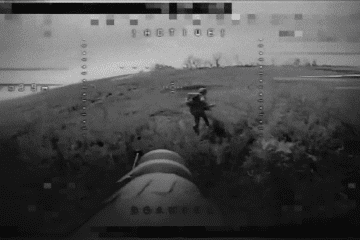
-29a1a43aba23f9bb779a1ac8b98d2121.jpeg)
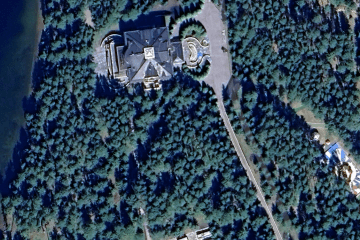
-24deccd511006ba79cfc4d798c6c2ef5.jpeg)


